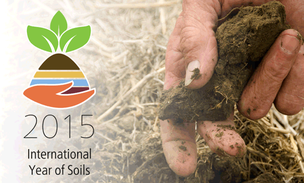
According to Executive Director Lisa Rogers, “At Feed Denver we grow soil first. Our partner and inspiration Will Allen of Growing Power always reminds us, ‘It’s all about the soil.’”
As the skin on our body is our largest organ so is soil the skin of the planet. Our own skin protects us from the elements, regulates our body temperature, and communicates disruption of other parts of our body and mind by showing signs of distress. The soil does the same for the earth.
According to the UN, our soils are in danger because of expanding cities, deforestation, unsustainable land use and management practices, pollution, overgrazing and climate change. The current rate of soil degradation threatens the capacity to meet the needs of future generations. As long as soils are at risk, sustainable agriculture, food security and the provision of ecosystem services are compromised.
Feed Denver celebrates the soil every year because soil matters. Its mission is to research and teach ways to grow food in the city using soil regenerative techniques. Even in the small spaces in our neighborhoods, soil matters.
According to the UN Food and Agriculture Organization,
· Healthy soils are the basis for healthy food production.
· Soils are the foundation for vegetation which is cultivated or managed for food, fiber, fuel and medicinal products.
· Soils support our planet's biodiversity and they host a quarter of the total of that diversity.
· Soils help to combat and adapt to climate change by playing a key role in the carbon cycle.
· Soils store and filter water, improving our resilience to floods and droughts.
· Soil is a non-renewable resource; its preservation is essential for food security and our sustainable future.
As we care for our own skin’s softness, suppleness, and tone we must do the same with the soil covering our earth. Even in the city we can have an impact. Here’s what you can do.
· You can buy organic from your grocery store but even better, buy from a farmer who practices sustainable methods. You can meet them at local farm markets and talk to them about how they grow their food. You can even visit the farm where your food is grown.
· Can’t find local farms or farmers? Support organizations that work to develop opportunities for new farmers.
· Become a steward of the soil you have access to – from your yard to even potted plants. Know what products you are using. Choose organic products not designed to kill pests or weeds. Your best defense is not killing them, it is always by stewarding stronger healthier plants. (Remember that if a product must call itself miraculous, it probably isn’t.)
· Get involved in our larger regional communities to protect and steward larger common areas of land.
Learn more about Soils, Food, and Urban Farming at these upcoming activities and events.
Soil & Food Film Series, Tuesdays beginning January 27th, at 7pm. Films include Dirt, Food Beware, Occupy the Farm, and Food Chains.
Grow Food Symposium, an exploration of soil regenerative urban farming building local food economies. March 20 & 21st with keynote speaker Novella Carpenter, author of Farm City.
Vegetable University, April 17 & 18th. From soils to disease, pests and weather learn to troubleshoot problems in your vegetable growing with CSU Extension Master Gardener Instructors.
Lexicon of Sustainability Pop-Up Events throughout the region demonstrating concepts and heroes of the food sustainability movement.
All activities at the Highland Event Center (2945 Julian Street). For more information visit www.FeedDenver.com or email info@feeddenver.com
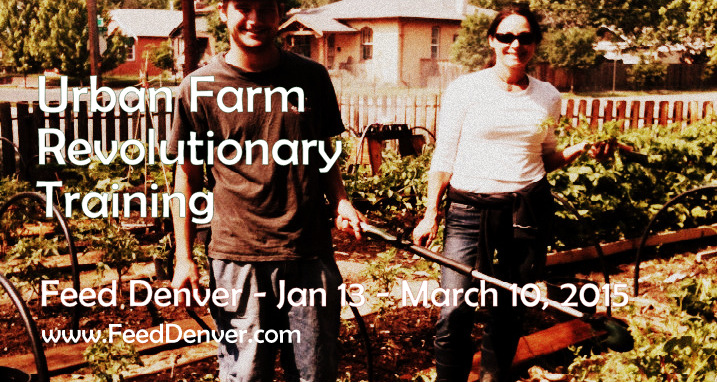
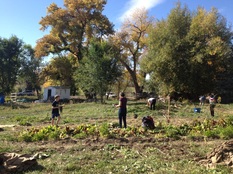
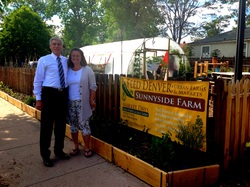


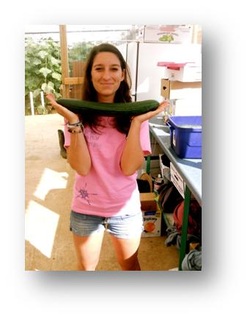
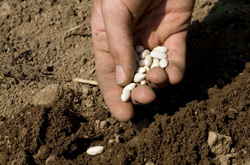
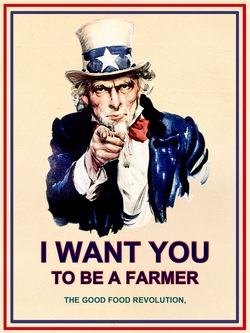
 RSS Feed
RSS Feed